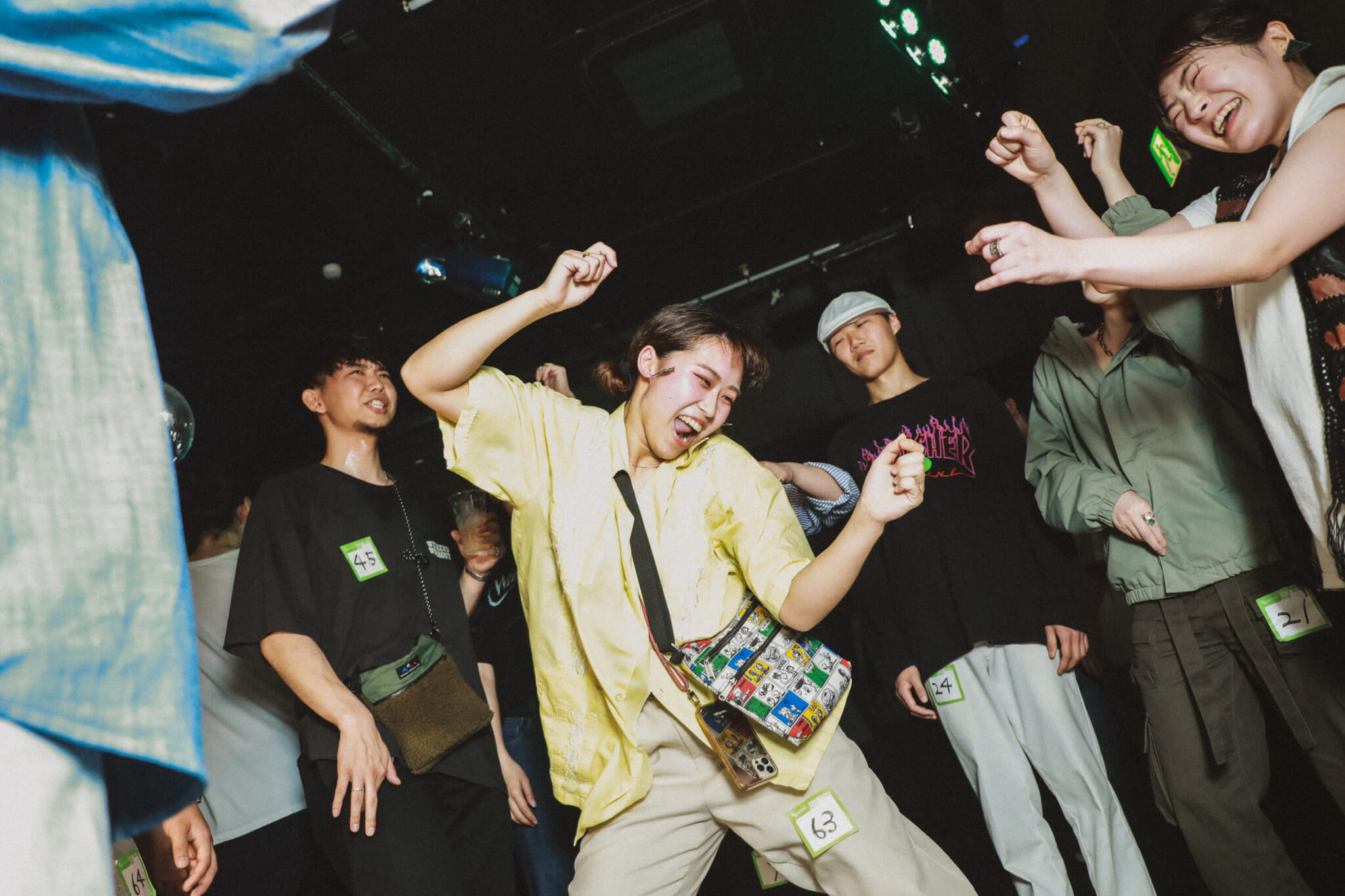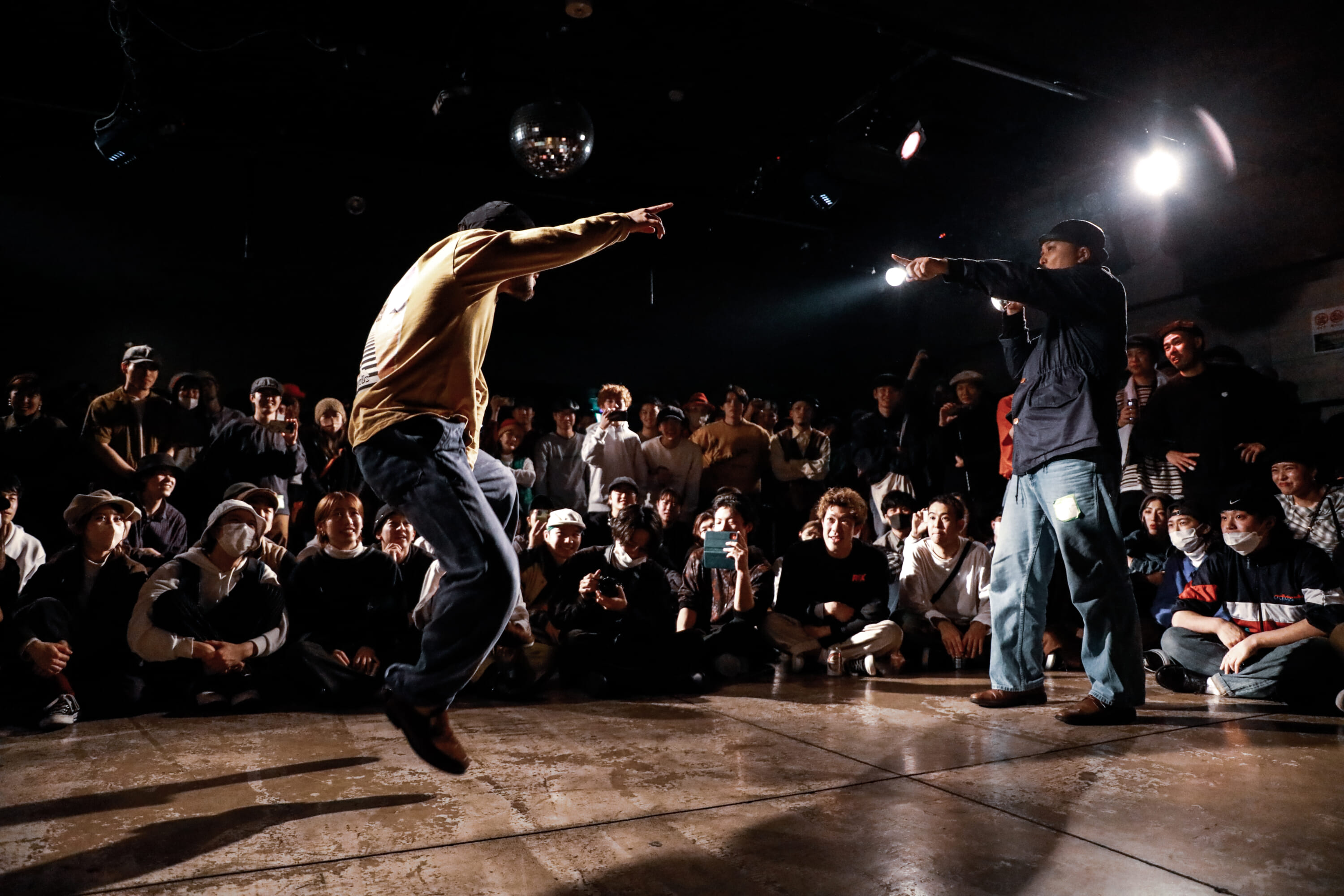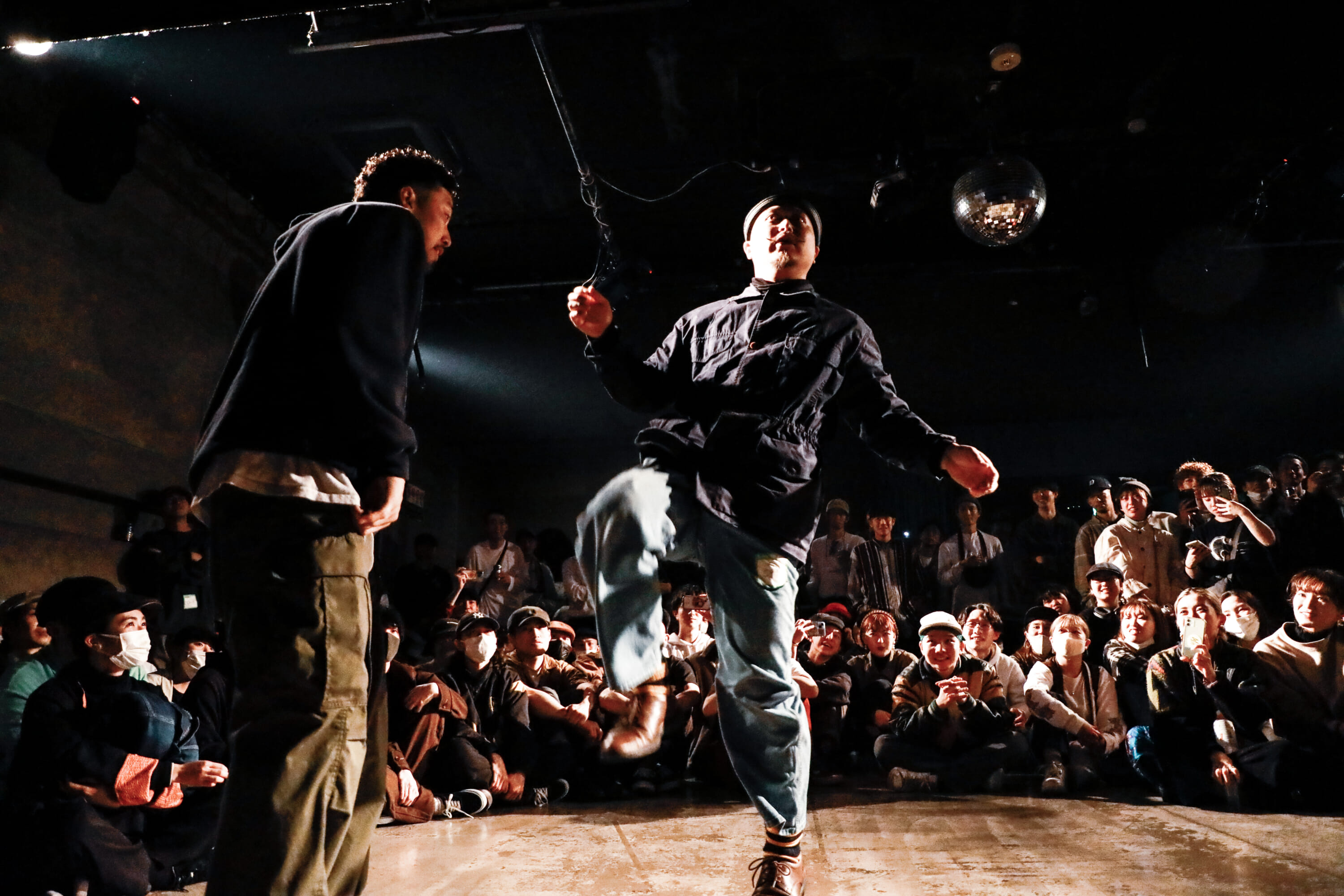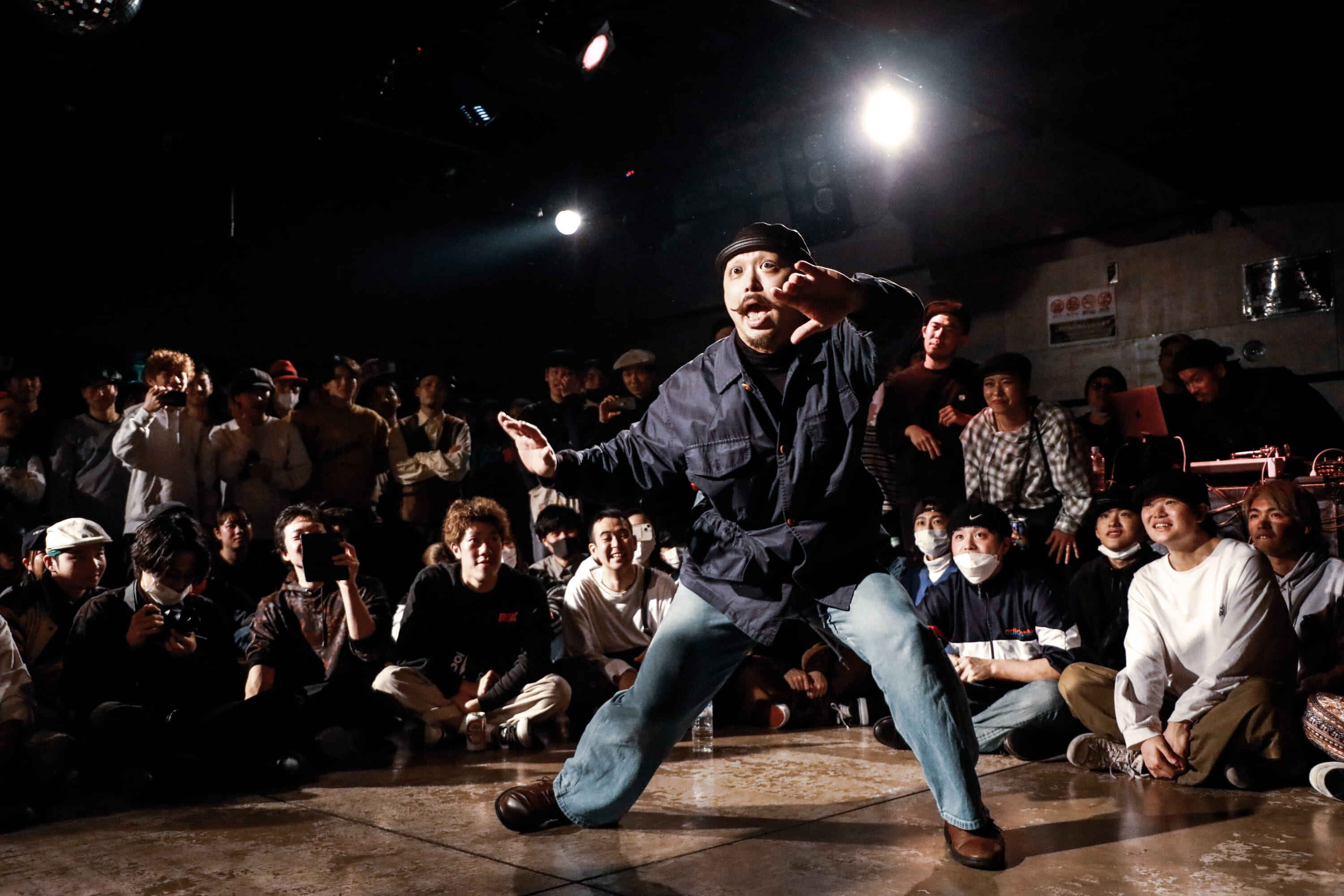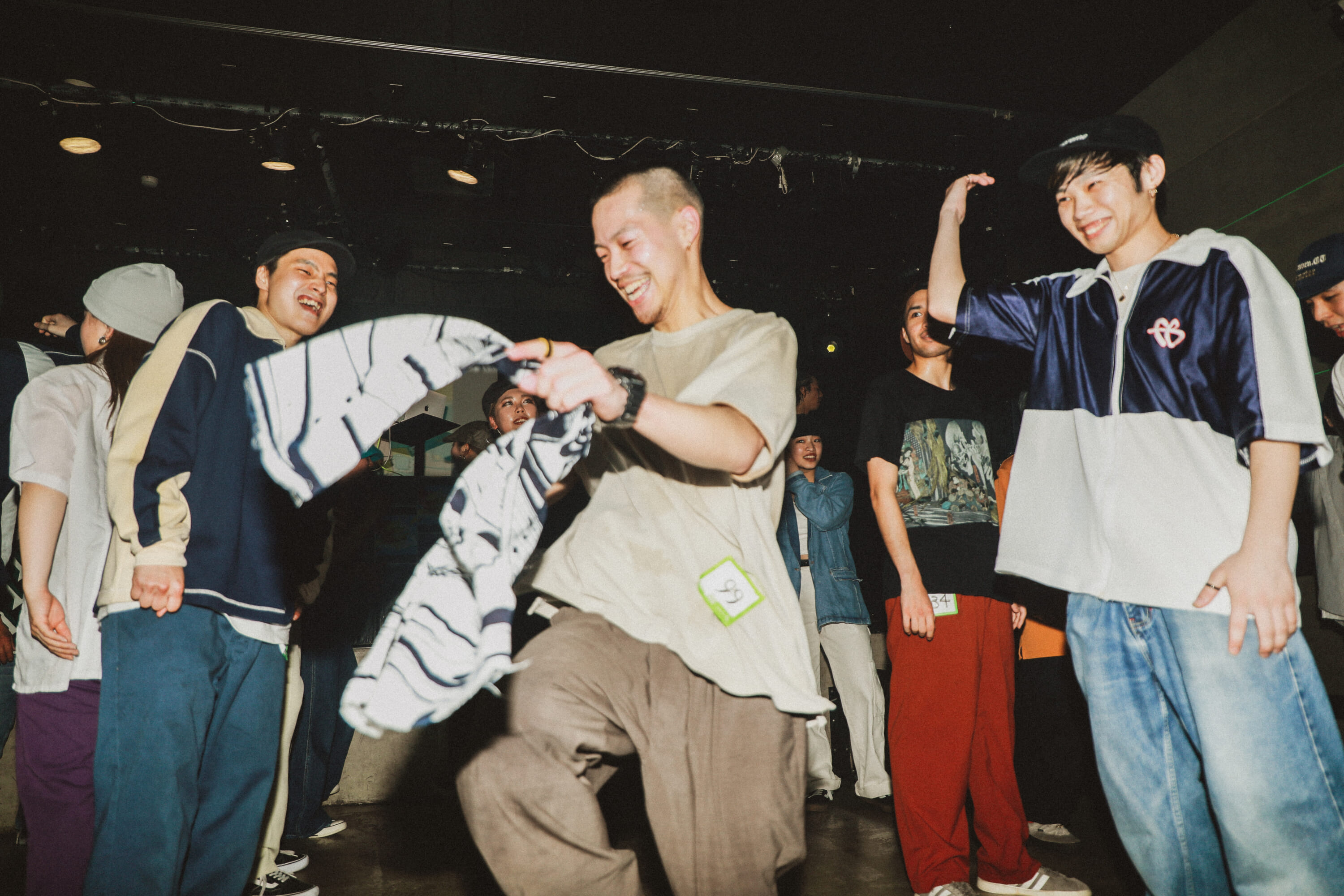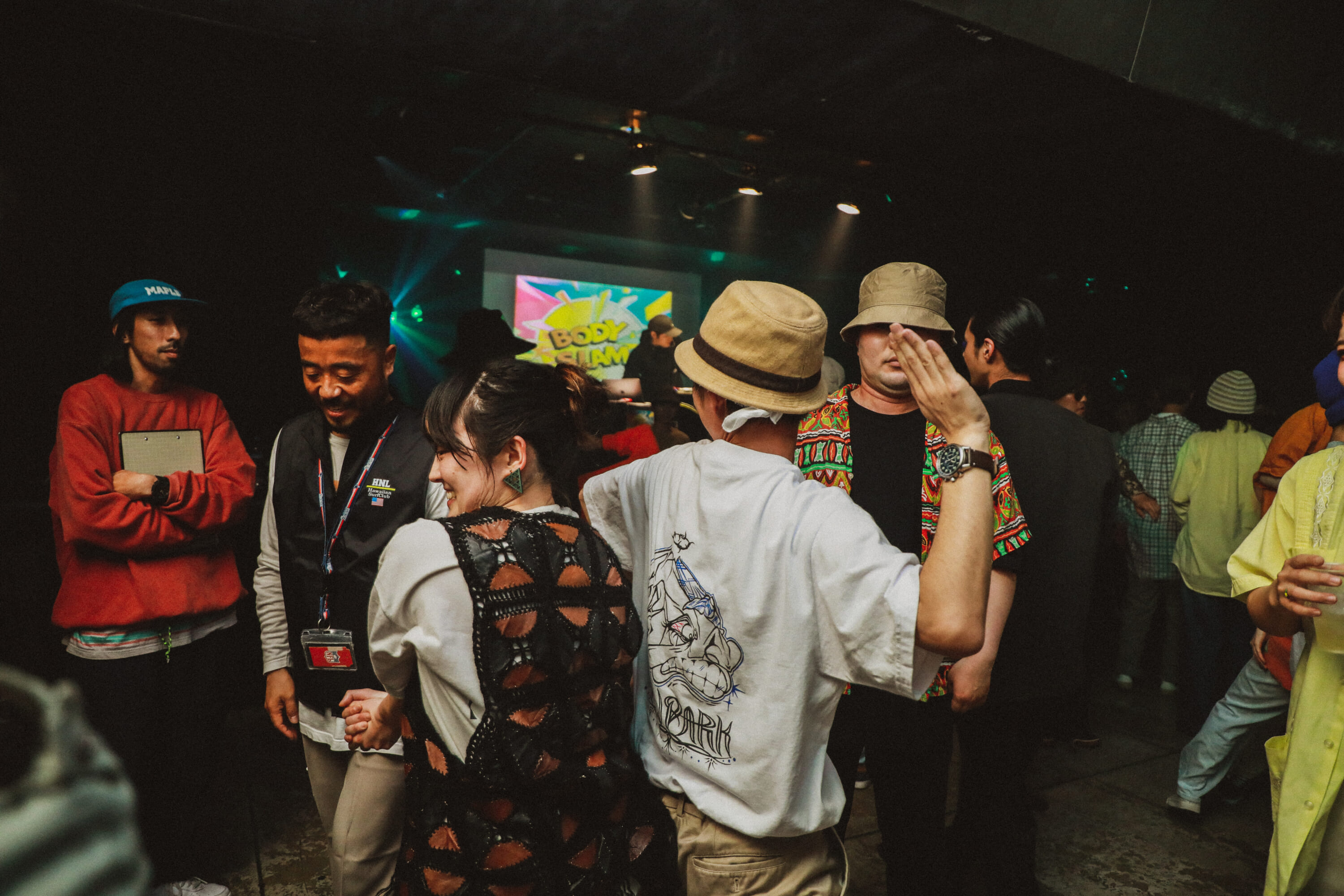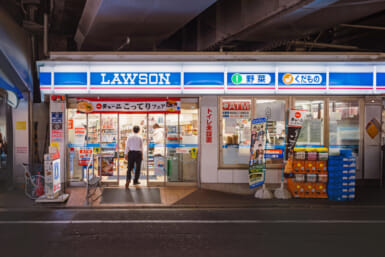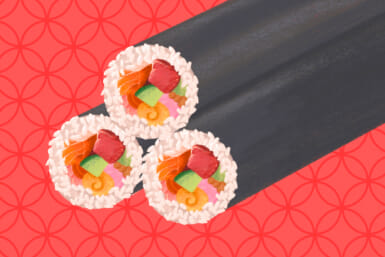As the last train ends its service in Tokyo, a strange mix of working adults and university students in their baggy pants and stylish hats get together for a night of dance battles. In these after hours a community comes out of hiding for a moment of self-expression and good music. They often gather in nightclubs, the park and even in front of office buildings. Wherever it may be, many of Tokyo’s dancers opt for the streets instead of the stage.
My first real introduction to Tokyo’s street dance scene was in a dark underground club in Kichijoji. Thumping through the speakers were groovy beats that drove the crowd in an up-and-down movement of a basic bounce. Eventually, the dancers form small circles and someone might call another one out to battle. With one popping their joints in a robotic-like movement, the other twirls their wrist over their ears — a motion commonly used in locking dance (a funky style of dance always performed with a smile). Coincidentally, this is a genre that I would go on to practice, before getting into underground street dance battles. It’s a journey of friendship and discovery I’m still on and I want to share the story.
Breaking Into Tokyo’s Street Dance Scene
One of the more popular and accessible pathways to start dancing in Tokyo is through a dance school, which was the case for me. All over Tokyo, people of all ages fill up studios to learn from experienced dancers. The lessons provide a structured way to develop basics and practical skills, but they lack the community aspect, which is the very backbone of street dance culture.
Formal classes are catered for personal enrichment instead of social bonding. People dance at the same time — not together, and there is not much interaction outside of the changing room small talk. I love dancing, but standing in front of mirrors and being told how to move my body was not enough for me.
I begged one of my b-boy friends to take me to a breakdancing battle in Shibuya. Short for “Break-boy,” b-boys and b-girls refer to those specializing in breaking, a form of dance involving floorwork and acrobatic moves. Heavily intertwined with hip-hop culture, the breaking scene in Japan is currently considered one of the biggest in the world. So he took me to a dance battle in Shibuya. Under the dim club lights, people were huddled together in a sweaty crowd, peeping over each other’s shoulders as they cheered their friends on and waited for their turn to start showing off their power moves.
My friend introduced me to Sho, a university student who specialized in locking — the dance style I had been practicing. Sho then invited me to a locking session in a place they call “Yasuda.” The Google Maps address he gave me led me to Sompo Japan Insurance Head Office, a 200-meter tall skyscraper in the middle of Shinjuku. Gathered outside, what must have been more than 30 people were practicing with their portable speakers; a mixture of hip-hop and funk music jumbled together, yet each group of dancers immersed in its own circle.
Surrounded by new friends, I attempted to groove my body to songs I had never heard of. At that moment, I threw away everything I learned in class. Under the gloom of the insurance building, I let the adrenaline, music and the sound of my friend’s cheers move my body.

Dancing Diversity
Transitioning from the studio to the streets, I found myself a bit out of place. Usually being one of only a few women in the room, traversing through crowds of sweaty men can be, for me, a bit scary and uncomfortable. While formal classes have a female-majority attendance, the underground has a noticeable lack of women participants. I speculate it might be the lack of women battle judges, or perhaps because late-night competitions located in dark clubs simply might not feel the safest for female dancers.
More feminine charms exist in the disco-driven waacking dance scene and flamboyant ballroom scene. While the two scenes are much smaller in size compared to their more masculine counterparts, their presence is unwavering. Kiki balls, such as the monthly Tokyo Kiki Lounge for example, invite vogue performers to battle on the runway. With roots in America’s Black and Latino queer communities, Tokyo’s ballroom scene shares the excitement of expressing their sexuality and femininity through dance and community. While small, the other side of Tokyo’s dance scene provides a safe space for LGBTQ folks.
Dance, Dance, Revolution
In 1970s America, street dance emerged as part of vernacular culture. When formal dance institutions turned away Black and Latino people due to racial prejudices, communities began creating their own form of dance in social gatherings. In neighborhood parties, nightclubs, parks and other public spaces, dancing was a communal activity, a language to express respect, love, anger and everything in between. It was most importantly a tool of agency and community building for the marginalized.
It has since traveled to Japan, where it became a popular leisure activity. The Ministry of Education, Culture, Sports, Science and Technology introduced “modern rhythm dance” as part of the education curriculum in 2013, which prompted many young kids to pick up dancing as a hobby. In universities, dance clubs attract numerous freshmen.
Considering the origins of street dance, taking the context out of the culture can leave it hollow. Street dance opened its arms to the Black kids who were refused entry to dance schools, to trans folks enduring social exclusion, to any individuals struggling with discrimination. For the majority in Tokyo’s dance community, such racial and class prejudice is something unfamiliar. It is easy to reduce the culture of dance into a hobby when the core values of empowerment and community are lost. Refining skills and techniques is one thing, but it takes solidarity and a connection with the community in order to truly become part of the culture.
However, Tokyo is not America’s scene. While it still has a long way to go in honoring inclusivity and the history of street dance, more initiatives are taken to organize events where community and self-expression are prioritized. OG dancers from the early days of street dance such as Tony Gogo and Cleveland Moses Jr. have been based in Japan for the past few decades, not only as teachers but sharers of stories.
Behind the facade of gentrified dance schools and commercialized events are friends performing for each other; declarations of queerness; an embrace after a competitive battle; office workers skipping on sleep for the freedom to express themselves, even for a second.
You can find more information regarding dance battles and other similar events around Japan at Enter The Stage.

